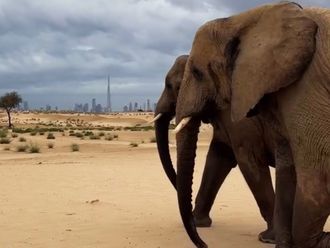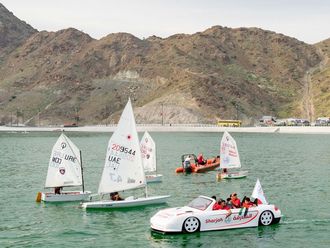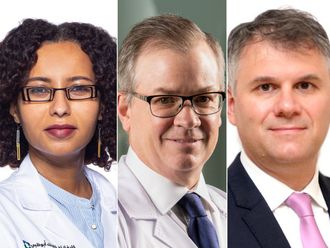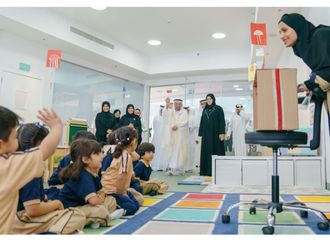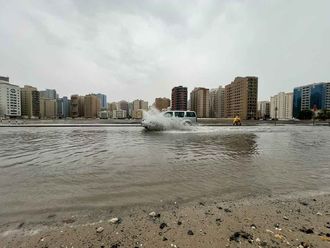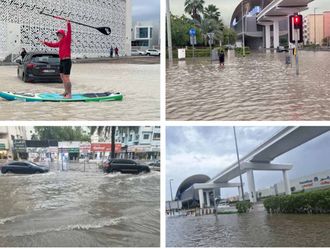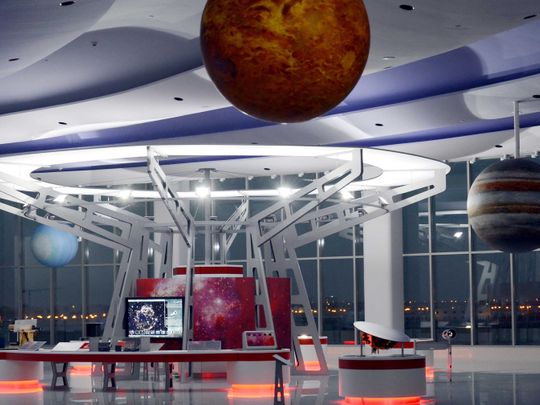
Sharjah: Curious to take a peek into deep space, learn about Mars or faraway planets in the universe?
Sharjah Centre for Astronomy and Space Sciences is the place for you.
Three years since its opening, the Centre, located in University City, Shrajah, has made huge strides in astronomy, revealing the secrets of the universe.
It is considered a strategic milestone in Sharjah’s quest for excellence in the field of scientific research, especially in astronomy, and the ambitious plans by the UAE to establish its presence in space.
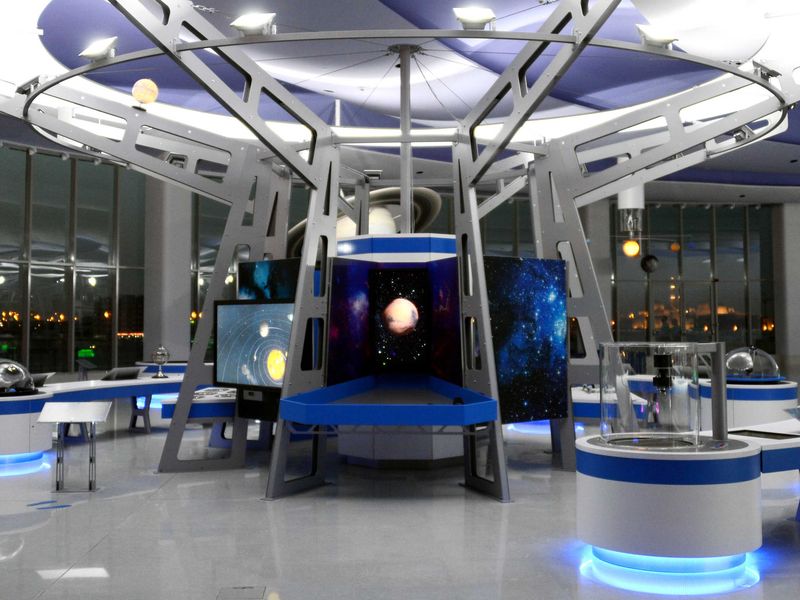
At the centre, you can explore the infinite mysteries of the mighty cosmos — the vast galaxies, numerous stars, neighbouring planets and exoplanets — and get a view of the life of the universe in great detail.
Reference
It has become a source and main reference for studies and research in space, astronomy and future exploration throughout the Arab world.
Prof. Hamid M.K. Al Naimiy, Chancellor of the University of Sharjah and Director of the Sharjah Center for Astronomy and Space Sciences, said that the Centre has been working on plans to expand space research programmes as well as organise scientific conferences and seminars in cooperation with the International Astronomical Union (IAU) and other international institutions involved in space programmes and scientific research.
He emphasised that the Centre has established itself as a premier research and educational institution specialising in space and astronomical sciences in the UAE and the larger Arab and Islamic world.
“It has become the main source of reference for Arab and Muslim astronomers and scientists,” he added.
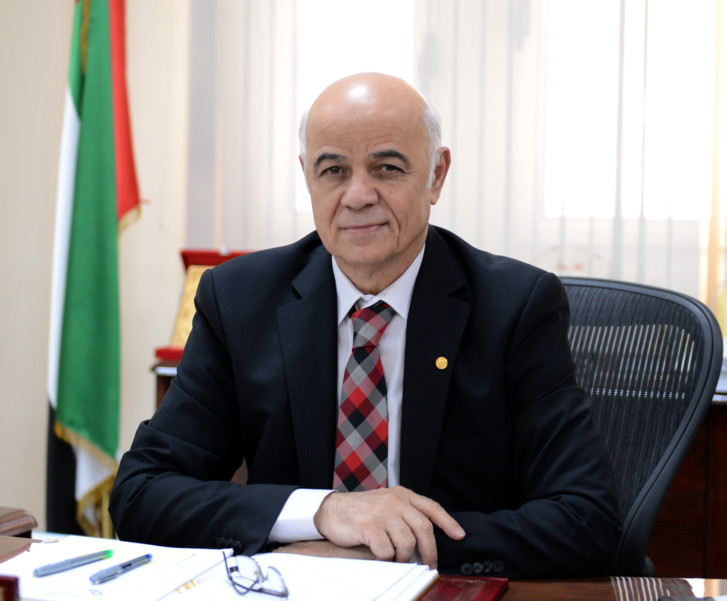
In order to promote scientific research, the Centre also organises workshops and seminars for future astronauts to familiarise them with the basics of astronomy — like space travel, the space environment and astronomical principles.
The centre has various specialised sections. Its chief mission: The study of the universe and various celestial bodies, including meteorological observations as well as analysis of weather data and ionosphere, building satellites, Mars and its surroundings.
It also conducts other astronomical activities such as scientific exhibits.
Radio astronomy lab
Within its facilities, the Radio Astronomy Laboratory studies the invisible and unexplored side of the universe by listening in on the range of radio waves produced by celestial bodies.
The lab is one of the six research laboratories being built at the centre.
The centre boasts a world-class astronomical observatory, equipped with three different size telescopes.
The first is a reflecting 45-cm, used for deep-sky observations; the second is a refracting 18 cm, used for lunar and planetary observations; and the third is a refracting 10-cm, for solar observations.
According to Mohammad Rehan, a research assistant in the Radio Astronomy Laboratory, the laboratory team has created a system of aerodynamic dishes that operates within the “Decametric Radio Telescope” to receive radio waves emitted by solar storms.
Work is already underway to develop and expand this system.
Pointing out the importance of their research, he said that these help in the study of universe, in addition to examining the impact of solar storms on the planet, which coincide with the increase in the number of sunspots.
Solar storms directly affect telecommunications, whether on land or via communications satellites, he added.
Meteorological observation towers
The Meteorology Centre is responsible for the implementation and operation of a number of projects including the Emirates Meteorological Monitoring Network, which consists of three towers, located at the Centre and Al-Ahr, near Al Ain and Liwa, south of Abu Dhabi.
Aisha Al Owais, a research assistant at the Meteorological Laboratory, said that the aim of these towers is to monitor the sky for meteorites and space debris. Each tower contains 17 cameras monitoring the infinity of skies in all directions.
The second project, “Automatic Learning”, aims to teach the drone, an unmanned aerial vehicle, to distinguish meteorites from earth rocks if meteorite debris is detected by these observation towers.
The third is to analyse meteorites using specialised devices that determine the chemical and mineral composition of the meteorite to verify conclusively that it is a meteorite.
Astronomical observatory
Mohammad Talafeh, a research assistant and astronomer, said that since its opening, the observatory has been teaching university students, schools and the general public on the use of telescope and monitoring important targets such as solar or lunar eclipses.
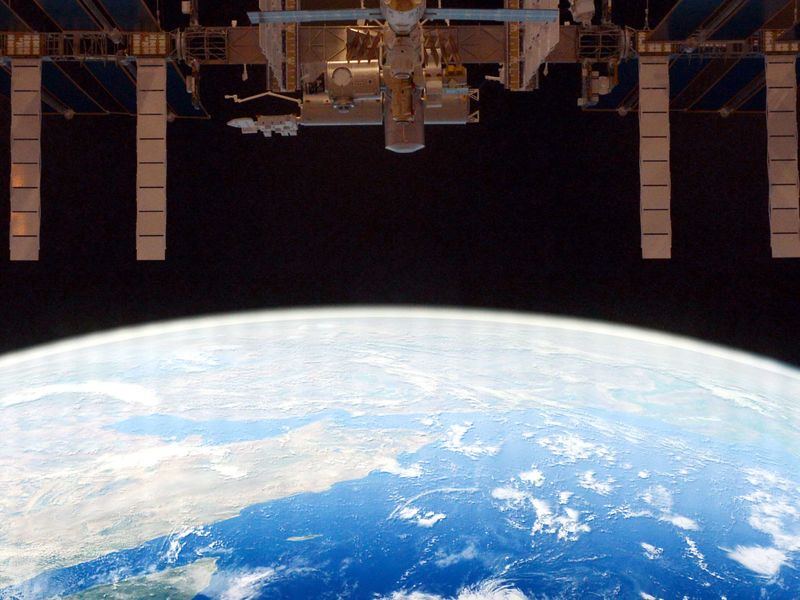
It is a scientific research platform that aims to compete with leading players in the world of science, astronomy and space research.
The observatory has three telescopes, one of which is the largest in the UAE — with a diameter of 43 centimetres. The second, 18 centimetres in diameter, is used for monitoring planets and the sun.
The third, the smallest, is 10 centimetres long. It is dedicated to observing direct sunlight.
“The observatory is dedicated to observing the planets outside the solar system and the sun (exoplanet). Although many planets have been detected outside the solar system, through our observation we add to the existing trove of information and studies on this subject,” he added,
Scientific research
The centre also boasts a number of important laboratories, which aim to support the research conducted by the University of Sharjah and the Centre.
The Satellite Laboratory, in collaboration with the Istanbul Technical University, is being used for the purpose of monitoring X-rays from the sun and stars, and observing the earth.
The laboratory also works on the GNSS system, which will work in conjunction with the GPS system, which provides navigation systems that provide geographical locations with global coverage. The system will soon be implemented in the UAE.
Space weather laboratory
The Space Weather Laboratory studies the interaction between the sun and other planets in the solar system. But the predominant focus of the laboratory is to study the effects of solar activity on the stratosphere, especially the ionosphere because it is the ionised layer affected by any disturbance or solar activity.
The study helps to understand the impact of changing conditions in the sun on global communications systems, and GPS.
The Laboratory is currently working on the study of the ionosphere layer on Mars, as the UAE’s focus is on the Mars exploration, and is planning to launch its own mission to Mars in 2020, which will provide a wealth of information about the red planet.
Noura al-Amiri, a research assistant at the Space Weather and Ionosphere Laboratory, said that her current study of the ionosphere helps to understand the nature of the ionosphere in Mars and compare it with its Earth counterpart.
Planetarium and exhibits
The Astronomical Dome, the largest astronomical dome in the Middle East, is equipped with a highly advanced equipment to capture the magic of stars and space. It offers scientific simulations of space and astronomy sciences for visitors.
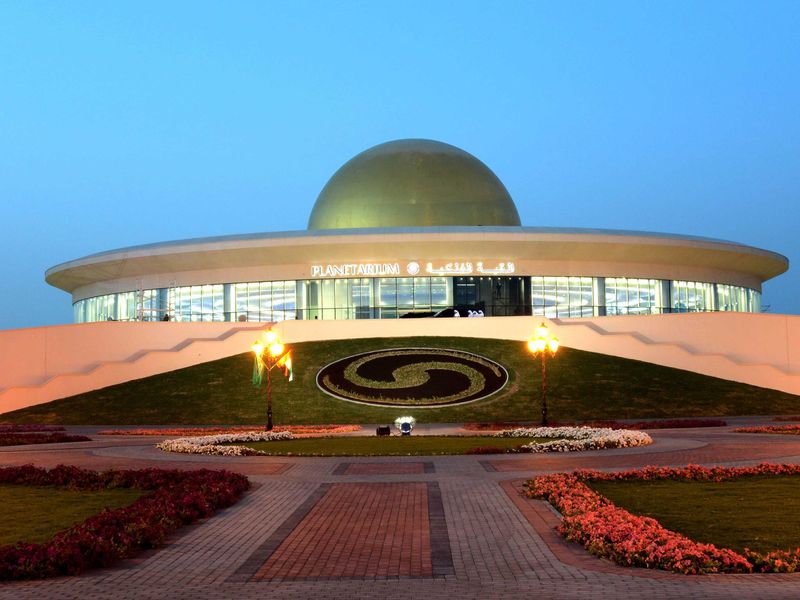
Mohammed Hani, an astronomer at the Astronomical Dome, said that the Astronomical Dome attracts school students and the general public in their hundreds.
The number is constantly increasing due to the increasing interest in astronomy and space. The visitors visit the Dome and tour the interactive exhibitions, which provide them with an opportunity for self-learning.
The Centre organises astronomical camps for students that are compatible with school holidays, usually in winter, summer and spring. The camps aim to promote astronomy and space culture among school students and encourage them to discover this science in the future world.
Students can study the challenges facing astronauts and how to solve them in order to adapt to a successful and safe space flight, as well as astronomical and physical concepts related to Earth, planets, sun, stars and galaxies as well as astrophysics.


